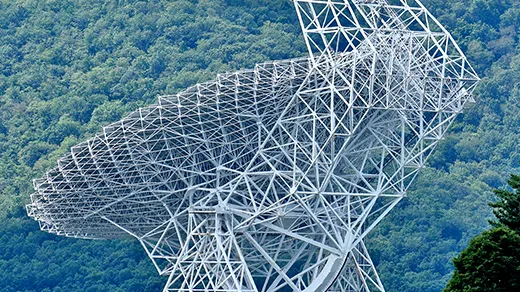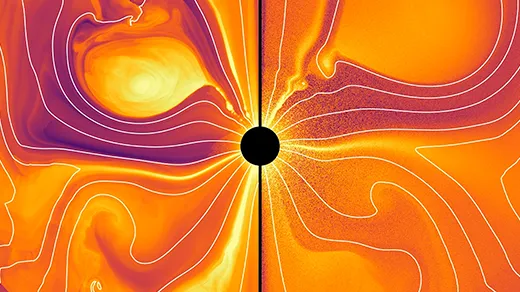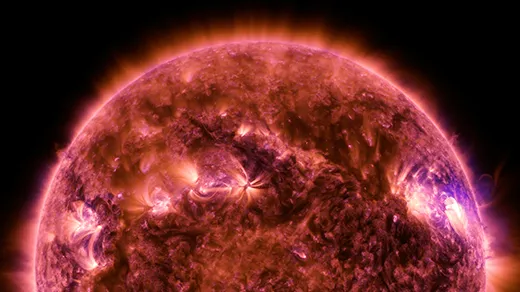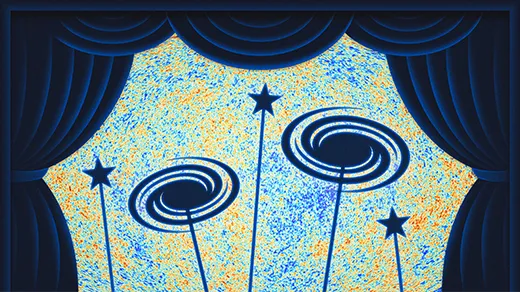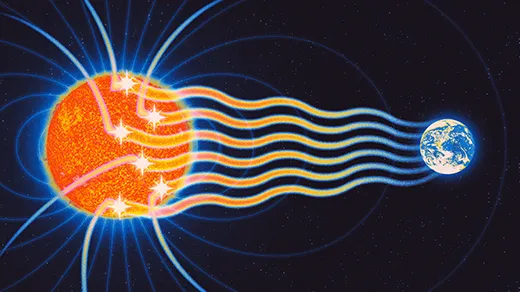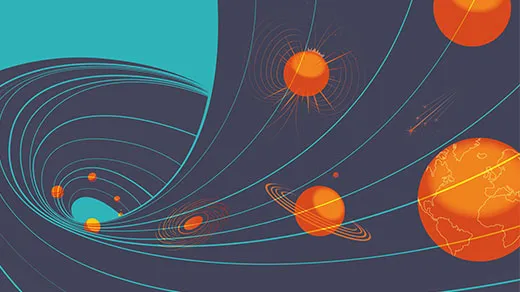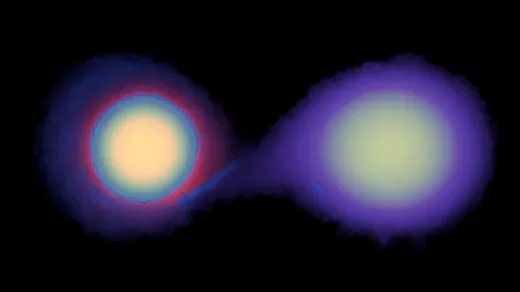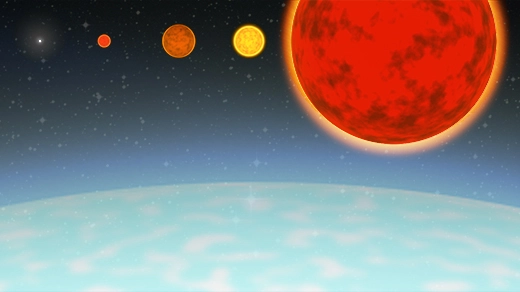What's up in
Astrophysics
Latest Articles
An Enormous Gravity ‘Hum’ Moves Through the Universe
Astronomers have found a background din of exceptionally long-wavelength gravitational waves pervading the cosmos.
The Tiny Physics Behind Immense Cosmic Eruptions
A new theory describes how particle interactions fuel fast magnetic reconnection, the process behind solar flares and other astrophysical jets.
Tiny Jets on the Sun Power the Colossal Solar Wind
A new analysis argues that ubiquitous eruptions in the sun’s corona explain the vast flow of charged particles seen streaming out through the solar system.
Astronomers Dig Up the Stars That Birthed the Milky Way
There once was a cosmic seed that sprouted the Milky Way galaxy. Astronomers have discovered its last surviving remnants.
Shadows in the Big Bang Afterglow Reveal Invisible Cosmic Structures
Cosmologists are using secondary signatures from the cosmic microwave background to map the universe’s hidden matter.
Strange Solar Gamma Rays Discovered at Even Higher Energies
There appear to be too many gamma rays coming from the sun. New higher-energy measurements reveal that this excess continues for a bit, then disappears — a cutoff that could help clarify what’s going on.
How Will the Universe End?
Big Freeze, Big Rip, Big Crunch, Bounce or vacuum decay? Steven Strogatz speaks with theoretical cosmologist Katie Mack about the five ways that scientists think the universe could come to an end.
What Lights the Universe’s Standard Candles?
Type Ia supernovas are astronomers’ best tools for measuring cosmic distances. In a first, researchers have managed to re-create one on a supercomputer, giving a boost to a leading hypothesis for how they form.
Astronomers Say They Have Spotted the Universe’s First Stars
Theory has it that “Population III” stars brought light to the cosmos. The James Webb Space Telescope may have just glimpsed them.
